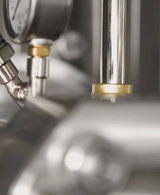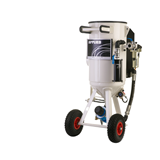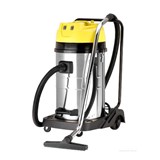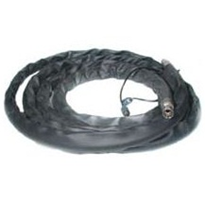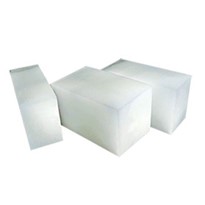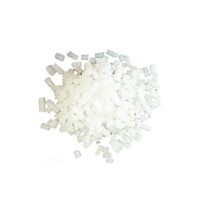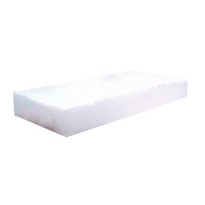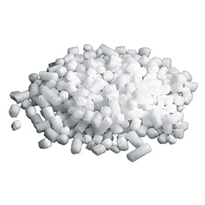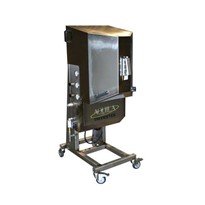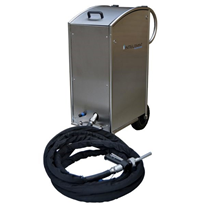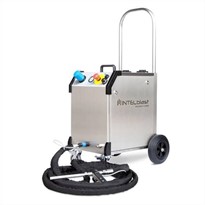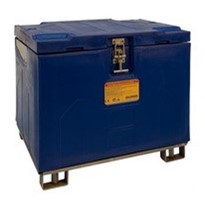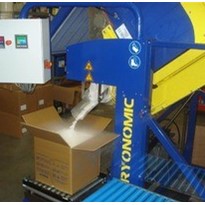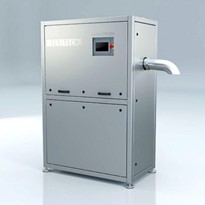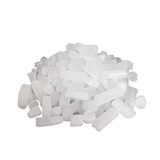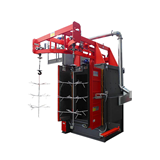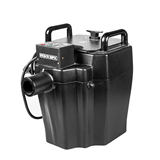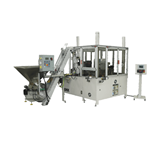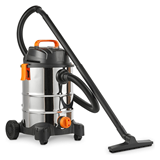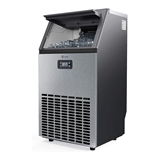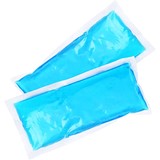The unique feature of dry ice as a blasting material is that it vaporises on contact with the surface to be cleaned. Treated surfaces are therefore left dry and clean, without residues of detergents or blasting materials. As the process is completely dry and non-conductive, dry ice blasting can be used where other methods are unsuitable. For example, electric motors and equipment with electric, pneumatic or hydraulic components can be cleaned direct using dry ice blasting.
The system produces no waste products. Only the coating that has been removed remains to be disposed of, and this can usually be swept or vacuumed from the floor beneath the treated object.
Dry Ice Blasting is ideal for removing coatings such as adhesives, varnish, oil, grease, coal dust, soot, mould release agents and bitumen - to name but a few of the materials we remove daily using the process.
The system can be used on easily-damaged surfaces like nickel, chromium and soft aluminium.
Industry Applications
- Foundry
- Fire Restoration
- Asphalt Bitumen Cement
- Automation
- Aviation
- Car Industry
- Cleaning of Buildings
- Electric Components
- Food Industry
- Gluing Equipment
- Mechanics
- Motors Generators
- Oil & Gas
- Pharmaceutical Industry
- Plastics
- Polyurethane
- Printing
- Train
- Wood & Paper Industry
Reduced Downtime - A machine can often be cleaned by dry ice blasting while in operation, thus eliminating the need for dismantling and subsequent re-assembly.
No Secondary Waste Disposal Costs - Costs connected with the disposal of hazardous chemicals or solvents are saved because dry ice vaporises on contact with the surface being treated, only the dislodged coating material must be removed from beneath the treated object.
Reduced Payroll Costs - Dry ice blasting will reduce cleaning and maintenance payroll costs to a fraction of current levels because the process is more effective and faster than traditional cleaning methods.
Reduced Equipment Wear and Tear - Dry ice blasting is non-abrasive. Surfaces are therefore treated very gently, and wear and tear resulting from the use of steel brushes, scrapers and the like is avoided.
Environment-friendly, dry ice is completely non-toxic. As no hazardous chemicals or solvents are used in dry ice blasting, operators avoid being exposed to hazardous fumes and other dangers during cleaning. In contrast to high-pressure hosing, polluted drain water is avoided.
Easy Waste Management, the quantity of waste material is minimised because the blasting material vaporises.


